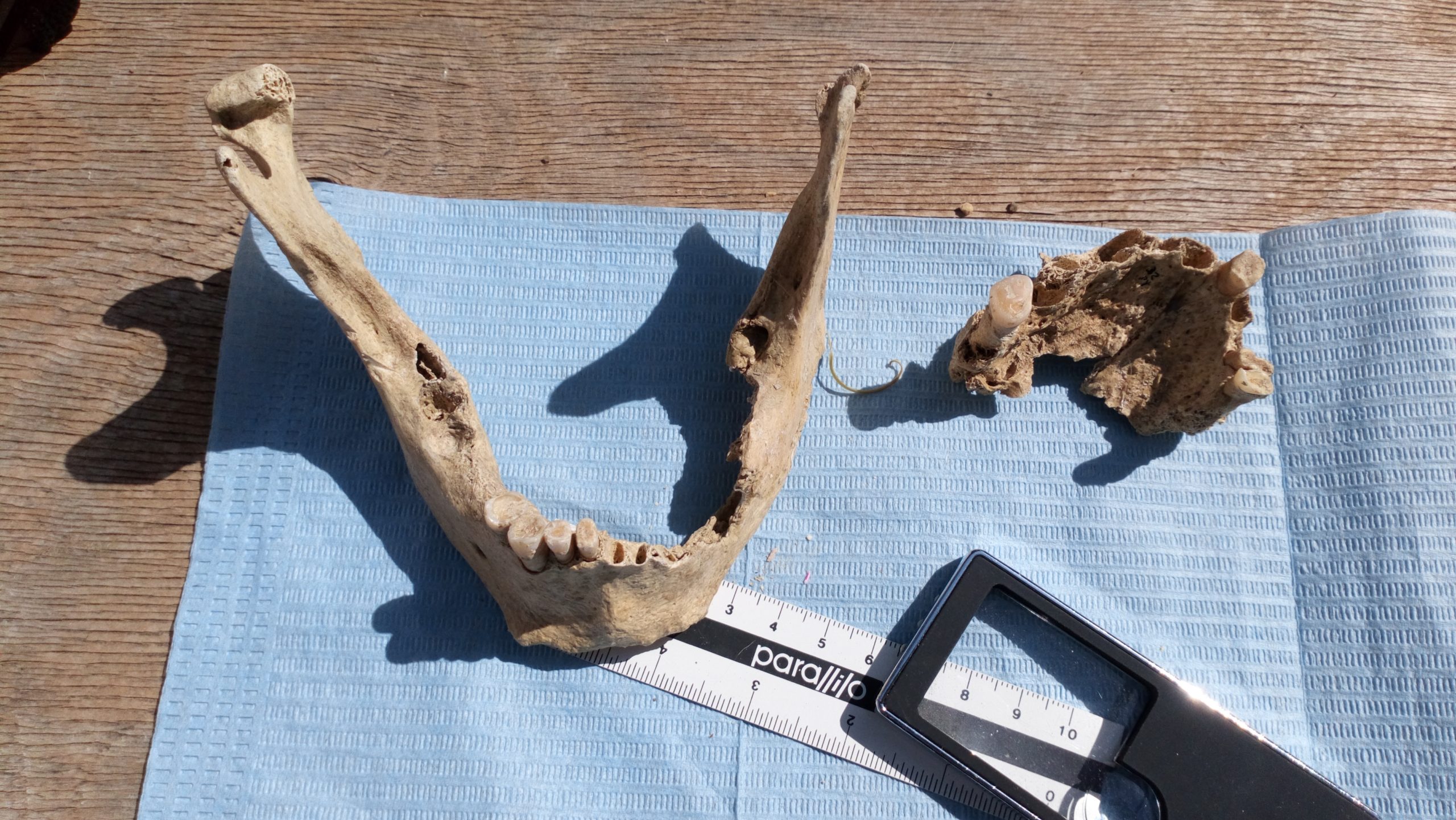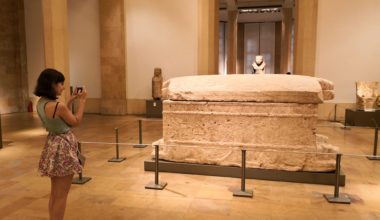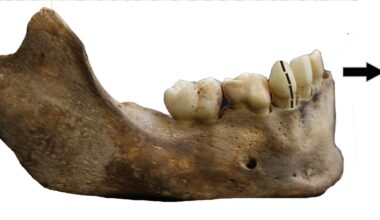
By Christos Papadopoulos, PhD candidate at the University of Wales Trinity St David and 2019 CBRL Sam Lieu Travel Grant recipient.
Further to the field trip in Cyprus last April, the 2019 CBRL’s Sam Lieu Travel Grant allowed me to visit the Pylos excavations in Peloponnese Greece the last week of June. The award was utilised to study the dentitions of the Bronze Age human remains through the excavations taken place in ancient Pylos. The evaluation of dental morphology from this population is a vital comparative sample in exploring the biological distance between the prehistoric Cypriot and the Bronze Age Greek populations.
Given the extensive trade and cultural interactions in East Mediterranean, part of my PhD thesis is to compare Cypriot dental data against published results from research works in this area. The Pylos sample appears as an ideal source of comparative data to explore biological affinities.

The frequency of specific dental traits is a useful tool in comparing population relatedness. The collection of Pylos dental data is unique as there are not any published results of the dental traits present in any prehistoric population from mainland Greece. A number of publications in paleopathology and the exploration of social implications can be found in literature, but dental morphology and its application in population biodistance has not been explored.
As reported in my last blog, over 10 samples from Cyprus have been examined during the previous months for scoring dental morphology. After the field trip in Pylos, I can now say that the collection of dental data has been completed. Firstly, there is an adequate number of dental data covering the main research aim: to discuss the biological relationships within Cyprus from the Chalcolithic period until the end of the Bronze Age. Secondly, comparative data from the Mediterranean area is already present from published works and from my personal work, which allows to identify links of prehistoric Cyprus with the broader area.
The next step is moving forward to analyse and discuss results, hopefully finishing my thesis by the end of January 2021. Afterwards, I may be in a position to identify and study more samples from the East Mediterranean. Such dental data could be utilised to develop a full and detailed map of divergence/relatedness of the populations in this area. How interesting would it be to study the continuity of the mainland Greek population from early prehistory until the late antiquity using dental morphology?
I have to thank the directors of Pylos excavation, Dr Stocker and Dr Davis, who kindly allowed me to study the human remains as well as the Ephorate of Antiquities of Messinia for the formal permission to access the material. I have to express my deepest gratitude to Professor Sam Lieu for providing the CBRL Travel Grant. With this in place I was able to easily overcome a critical obstacle in my research journey.
Help us support other rising scholars, like Christos, by donating to our 2020 Travel Grants Fund. This fund enable students to undertake vital fieldwork in the Levant and develop crucial research skills. Help us to continue this important scheme by donating today.
Christos Papadopoulos is currently undertaking his PhD at the University of Wales: Trinity St David, under the supervision of Doctors Louise Steel and Ros Coard. He is a qualified dentist (DDS, Aristotle Uni. of Thessaloniki) and he has previously completed an MSc in Forensic Odontology with Distinction at the University of Glamorgan (2011) and a Postgraduate Certificate (Merit) in Medical Law & Ethics at the De Montfort University (2016). Parallel to his PhD study and Legal & Forensic Dentistry work he continues to provide services part-time as a clinical dentist in the UK.
The views expressed by our authors on the CBRL blog are not necessarily endorsed by CBRL, but are commended as contributing to public debate.















